The Year 2023 in Review
Speech and Audio News
 The audio team did not grow any further last year. However, Karolin Krüger made further progress with her approach of objective speech analysis for people with speech disorders. More features can now be extracted and evaluated from the voice. In addition, there are many new functions, such as a survey function, which in the future will provide information such as the patient's self-assessment and their impression of their speech problem. This aspect, as well as an analysis in a medical context and the measurement of performance in a private environment, together form the overall condition of a patient.
The audio team did not grow any further last year. However, Karolin Krüger made further progress with her approach of objective speech analysis for people with speech disorders. More features can now be extracted and evaluated from the voice. In addition, there are many new functions, such as a survey function, which in the future will provide information such as the patient's self-assessment and their impression of their speech problem. This aspect, as well as an analysis in a medical context and the measurement of performance in a private environment, together form the overall condition of a patient.
In order to measure the performance at home and in a less stressful environment, Karolin began developing voice training courses this year. These can be used to train different aspects of the voice, such as the duration of sustaining a vowel or the ability to change the pitch of the voice. All the features from the analysis part can also be extracted from the training. In the future, a database will make it possible to compare the results of training and analyses with each other over longer periods of time, thus documenting the patient's development.
In addition, two collaborations were initiated this year in order to advance work in the field of voice analysis. On the one hand, we worked with neurologist Dr. med. Steffen Paschen from the UKSH on a final thesis in which speech intelligibility was evaluated. Building on this collaboration, we plan to collect speech data together in the coming year in order to further develop and expand our tools. We also collaborated with Dr. Isabel Schiller from RWTH Aachen University's Work and Engineering Psychology Lab. The goal is to jointly implement a qualitative real-time voice modification with respet to hoarseness. In experiments, patients hear their voice modified trough headphones. Isabel Schiller is investigating the effects of such changes and whether they can be used for new forms of therapy in the future.
Medical News
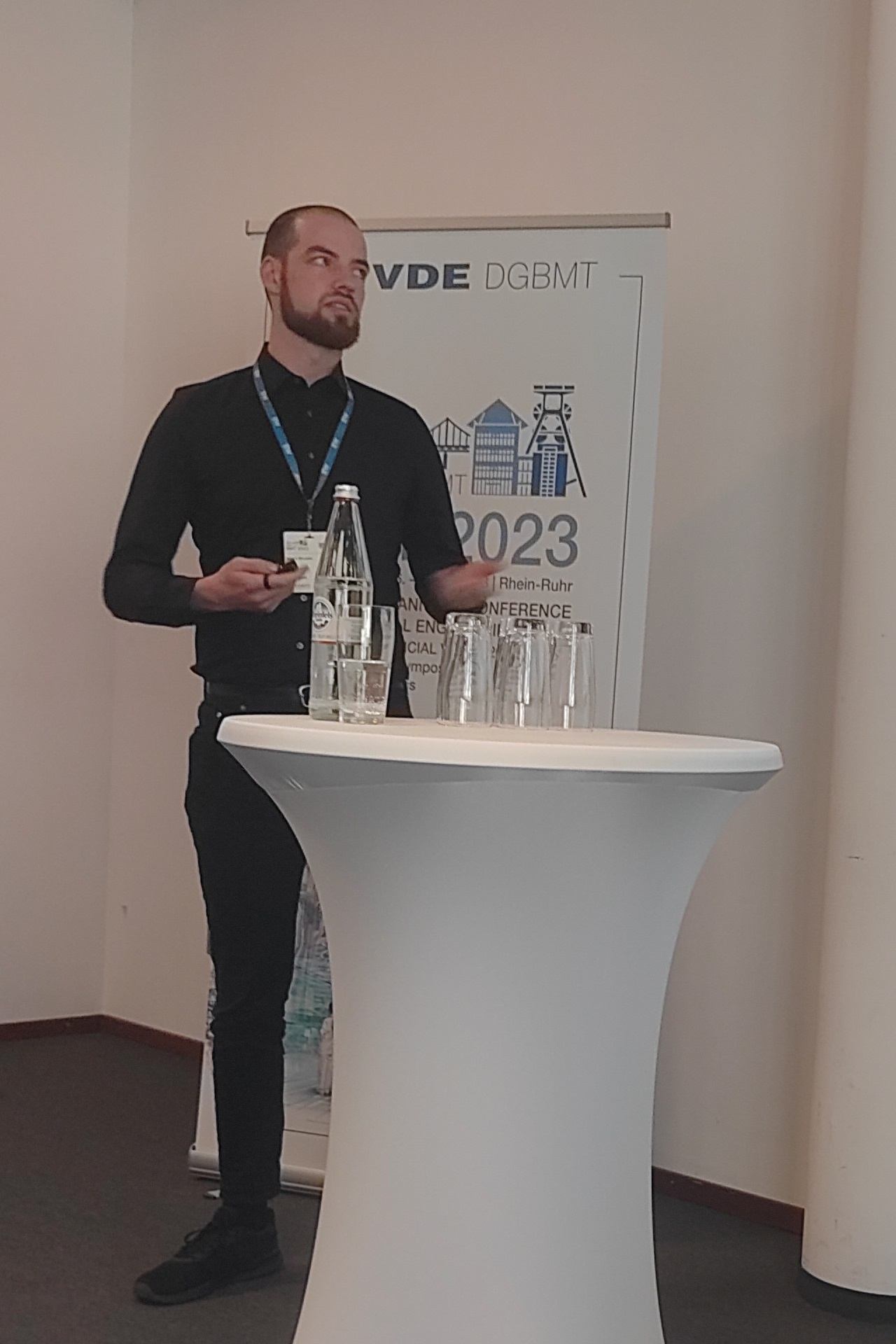 Moritz joined the group in July as a replacement for Christin during her parental leave. He has been working on the project B2 of the SFB 1261 and has been involved in the proposal for the third funding period as well as in the characterization of magnetic field sensors in a Helmholtz coil arrangement. Here, adaptive filters are used to obtain good information about the frequency and three-dimensional directivity behavior of the sensors with drastically reduced measurement time. He will now take over the position completely and dedicate himself to the more sophisticated algorithmic localization of medical devices such as ultrasound probes and endoscopes using magnetic methods.
Moritz joined the group in July as a replacement for Christin during her parental leave. He has been working on the project B2 of the SFB 1261 and has been involved in the proposal for the third funding period as well as in the characterization of magnetic field sensors in a Helmholtz coil arrangement. Here, adaptive filters are used to obtain good information about the frequency and three-dimensional directivity behavior of the sensors with drastically reduced measurement time. He will now take over the position completely and dedicate himself to the more sophisticated algorithmic localization of medical devices such as ultrasound probes and endoscopes using magnetic methods.
Last year, he also gained experience in scientific presentation and publication by attending the BMT (annual conference of the German Society for Biomedical Engineering), where he published the results of his master's thesis in the conference paper "Model-based Tracking of Magnetic Sensor Gloves in Real Time" and presented them in a special session of the CRC.
After Patricia was still on parental leave in the first half of the year, she continued her work on tremor-data classification. This involved exploring the potential of different machine-learning methods for this application. On the one hand, Patricia trained a data-driven network. In the past, we manually selected and extracted features for neural networks, but now this process is at least partially handled by a convolutional network itself. This has enabled us to significantly enhance classification accuracy, and these findings will be published shortly. On the other hand, Patricia supervised a bachelor thesis that focused on explainable artificial intelligence. This approach aims to enhance our understanding of neural network decisions. We hope to leverage the network's decisions to identify the diagnostically relevant features in the future, further supporting clinical diagnoses.
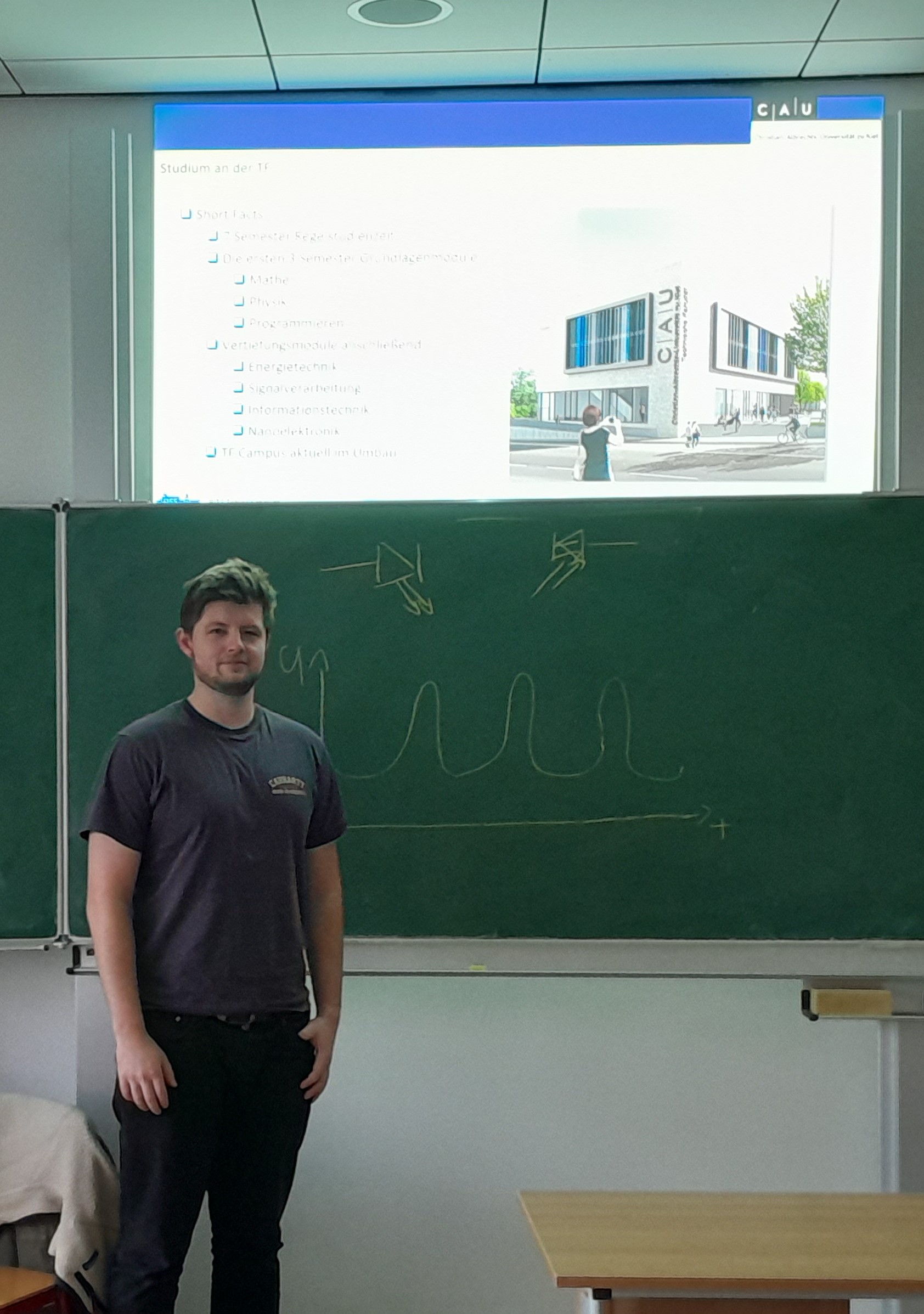 Tobias started at the chair in June 2022. His work focuses on the development of sensor gloves based on magnetic field sensors, which are used to control robot-assisted surgery systems. To this end, he is cooperating with Prof Dr Robert Bergholz from the UKSH in Kiel. This year, a great deal of work has been done on a novel algorithm for estimating hand movements. This algorithm incorporates knowledge about the kinematic chain and thus estimates the posture very efficiently. A three-dimensional magnetic actuator is attached to the first element, which generates a temporally rotating magnetic field. In the actual calculation, the knowledge of the kinematic chain is combined with the knowledge of magnetic dipole moments. This method was registered as a patent in the middle of last year and presented at the BMT at the end of September. The first laboratory measurements are currently underway with a simple prototype and initial results have been obtained. These initially show the basic functioning, but also new problems that did not occur in the simulation. The initial results will now be summarised in a first publication and will probably be published in the first quarter of 2024.
Tobias started at the chair in June 2022. His work focuses on the development of sensor gloves based on magnetic field sensors, which are used to control robot-assisted surgery systems. To this end, he is cooperating with Prof Dr Robert Bergholz from the UKSH in Kiel. This year, a great deal of work has been done on a novel algorithm for estimating hand movements. This algorithm incorporates knowledge about the kinematic chain and thus estimates the posture very efficiently. A three-dimensional magnetic actuator is attached to the first element, which generates a temporally rotating magnetic field. In the actual calculation, the knowledge of the kinematic chain is combined with the knowledge of magnetic dipole moments. This method was registered as a patent in the middle of last year and presented at the BMT at the end of September. The first laboratory measurements are currently underway with a simple prototype and initial results have been obtained. These initially show the basic functioning, but also new problems that did not occur in the simulation. The initial results will now be summarised in a first publication and will probably be published in the first quarter of 2024.
Tobias is half funded through outreach activities for schools. As part of this, several events were organised this year, such as the "Open Lab Day" or several school visits to a new school subject that deals with vocational orientation.
Since the end of 2020, Erik has been working on the development of a nested iterative algorithm for estimating the current density in the human heart muscle. A first version of this algorithm was completed this year and its functionality was validated in the course of extensive simulations. A model is initialized using previous electrophysiological knowledge about healthy hearts. Using a Kalman filter, this model is used to estimate the current densities. The heart model is then further improved through data-driven optimization and the use of gradient methods. These steps are repeated until the algorithm converges. The algorithm allows the estimation of the propagation speed as well as the paths of the action potential in the heart muscle. Erik presented the results of this work at BMT 2023 in Duisburg and subsequently published them in the journal Bioengineering. Erik is currently focusing on evaluating the real-time capability of the algorithm by implementing it in our real-time framework KiRAT. This opens up new application perspectives in a real-time context.
We would also like to announce that the "Kiel Cardio Database" initiated last year has now been published on Physionet and is publicly accessible. This year, the database was successfully expanded to include MRI data, for which we would like to thank our colleagues at UKSH. Once segmentation has been completed, this data will be integrated into the Kiel Cardio Database.
 Johannes has been working on the magnetic analysis of human movement at the chair since summer 2020 as part of the Collaborative Research Center 1261. Since the start of the project, the simulation of motion data has also played an important role. Johannes has created structures for the calculation of movements with chain kinematics and an associated visualization. Johannes presented the concept behind the simulation at the end of September under the title "Designing and Validating Magnetic Motion Sensing Approaches with a Real-time Simulation Pipeline" at the BMT conference in Duisburg.
Johannes has been working on the magnetic analysis of human movement at the chair since summer 2020 as part of the Collaborative Research Center 1261. Since the start of the project, the simulation of motion data has also played an important role. Johannes has created structures for the calculation of movements with chain kinematics and an associated visualization. Johannes presented the concept behind the simulation at the end of September under the title "Designing and Validating Magnetic Motion Sensing Approaches with a Real-time Simulation Pipeline" at the BMT conference in Duisburg.
In addition to the simulation, Johannes also worked on the hardware and software for the test setup for the magnetic gait analysis. The sensors are now read out via the "sensor router", which can supply up to 6 3D ME sensors, i.e. 18 individual ME sensors, with supplies the sensors and offers flexible outputs for various AD converters. A microcontroller is also integrated, which monitors the current and voltage for each 3D sensor and transmits them to a computer via USB in order to directly detect errors in a measurement. The corresponding counterpart in the software is integrated into the KiRAT real-time framework, where a restructuring of the magnetic movement analysis was implemented in addition to the sensor monitoring. This is now based on a state machine that covers various operating modes such as calibration or productive operation.
SONAR News
 In the year 2023, the field of underwater signal processing was characterized by many changes, both in terms of personnel and technological advancements.
In the year 2023, the field of underwater signal processing was characterized by many changes, both in terms of personnel and technological advancements.
New Arrivals: Karoline and Marco - Karoline joined the underwater team at the beginning of the year. During the first months she worked on a measurement approach for projectors and investigated different approaches for a more precise measurement of low frequencies. Since August, she has been working with Marco and other partners on a project to develop a SONAR system for maritime infrastructure protection. Karoline has started to adapt the KiRAT simulation to the underwater environment, so that in addition to reflections from targets and harbor walls, the seafloor and water surface are also reflected. She is currently working on a possible design for the transmission signals. Marco started in December, but has already developed a self-sufficient SONAR buoy that can be integrated into a multistatic system as part of his master's thesis. He has also integrated a direction-finding algorithm to determine the buoy's orientation. Both the buoy and the processing of the received signals will now be optimized and extended. Additionally, thin-film hydrophones will be used instead of the conventional PZT ceramics. The sensors will be fabricated by materials scientist Erik Mackensen, also from the Faculty of Engineering, and integrated into the respective applications by Karoline and Marco. The first thin-film sensors have already been successfully tested in the new measuring tank.
Departure: Owe - Finally, Owe Wisch left the underwater team in March this year. He contributed a lot to the success of our team. We wish him the best of luck in his private and professional life and will of course remain friends. Finn Röhrdanz will follow in his footsteps and expand underwater communication with neural networks.
Arrival: Finn - Finn joined the Underwater Team on 15.05.2023. His task will be to continue the work of Owe Wisch. The main focus will be the development of a neural network that suppresses the interference imposed by transmission through the underwater channel. Improving the quality of the received signals is essential to ensure the best possible communication via the acoustic underwater channel. During the first six months, he developed, implemented and evaluated a passive localization algorithm based on MUSIC in cooperation with the Wehrtechnische Dienstelle 71. The goal of the study was to localize ships, submarines and other acoustic sources as accurately as possible using sparsely equipped sensor nodes.
 Maritime measurement track and fast sensor characterization - The underwater team also benefited from the move to the new ZEVS building. A particularly exciting step was the installation of the "maritime measurement track", a laboratory with an impressive 5m x 5m water tank and a depth of 5 m. The advantages are obvious: Controlled conditions enable efficient research, and the immediate availability of the water tank on site significantly reduces the effort required to measure innovative sensor technology. The development of a fast and robust characterization of underwater transducers, in which adaptive algorithms show their advantages especially in rotational measurements, is also part of this context. This progress is an important milestone for our in-house thin film sensor production and signal processing. We are excited about the possibilities and look forward to exciting results.
Maritime measurement track and fast sensor characterization - The underwater team also benefited from the move to the new ZEVS building. A particularly exciting step was the installation of the "maritime measurement track", a laboratory with an impressive 5m x 5m water tank and a depth of 5 m. The advantages are obvious: Controlled conditions enable efficient research, and the immediate availability of the water tank on site significantly reduces the effort required to measure innovative sensor technology. The development of a fast and robust characterization of underwater transducers, in which adaptive algorithms show their advantages especially in rotational measurements, is also part of this context. This progress is an important milestone for our in-house thin film sensor production and signal processing. We are excited about the possibilities and look forward to exciting results.
WTD measurements - Further measurements were made in August. Using a rack developed by graduate students, the transmit and receive arrays of the SONAR system were mounted in a T-configuration, orthogonal to each other, on the chair boat Cassy. The array blocks are mounted on a metal plate. The plate can be attached to the rack in the direction of travel, at a 45° angle towards the floor, or at a 90° angle pointing directly at the floor. This allowed three-dimensional scanning of the underwater environment in the direction of travel to detect underwater targets and to create an elevation profile by scanning the port floor.
 3D extension - On the software side, the signal processing of the SONAR system has been extended to include three-dimensional processing. In addition to the original horizontal beamforming, the beams can now be oriented vertically. This enables three-dimensional scanning and visual reconstruction of the scanned underwater environment. For example, targets detected at the same horizontal position but at different depths can now be differentiated.
3D extension - On the software side, the signal processing of the SONAR system has been extended to include three-dimensional processing. In addition to the original horizontal beamforming, the beams can now be oriented vertically. This enables three-dimensional scanning and visual reconstruction of the scanned underwater environment. For example, targets detected at the same horizontal position but at different depths can now be differentiated.
Multistatic SONAR systems - Last year, the imaging algorithms were extended to allow the SONAR hardware, distributed at different positions, to be controlled and analyzed in real time. The entire system was successfully tested in a large multistatic measurement in the port area. In addition, first approaches to object detection and classification using artificial intelligence were carried out.
In conclusion, the underwater sector is experiencing significant growth, which is expected to continue in 2024.
Outreach
Since Tobias is now responsible for our outreach activities in terms of school outreach, a lot of events took place. Tobias visited several school classes and explains what electrical engineering means and did several demos for the school students. In addition, the so-called "open lab day" at the faculty of engineering is now an established event that takes place a few days before the school summer holydays start. Details about these events can be found on a special website.
Some Numbers
-
This year the number of publications was a bit larger compared to 2022 - we published five journal papers, eleven conference papers, and three book chapters.
-
Comparted to 2022 we were agian able (as last year) to increase the number of bachelor and master theses. 14 theses were started in 2023: two bachelor theses and 12 master theses.
-
In terms of doctoral degrees we "extended the name" of two people: Robbin Romijnders and Arthur Wolf sucessfully defended their research in 2023. Congratulations to both of them.
Our "GaS Club"
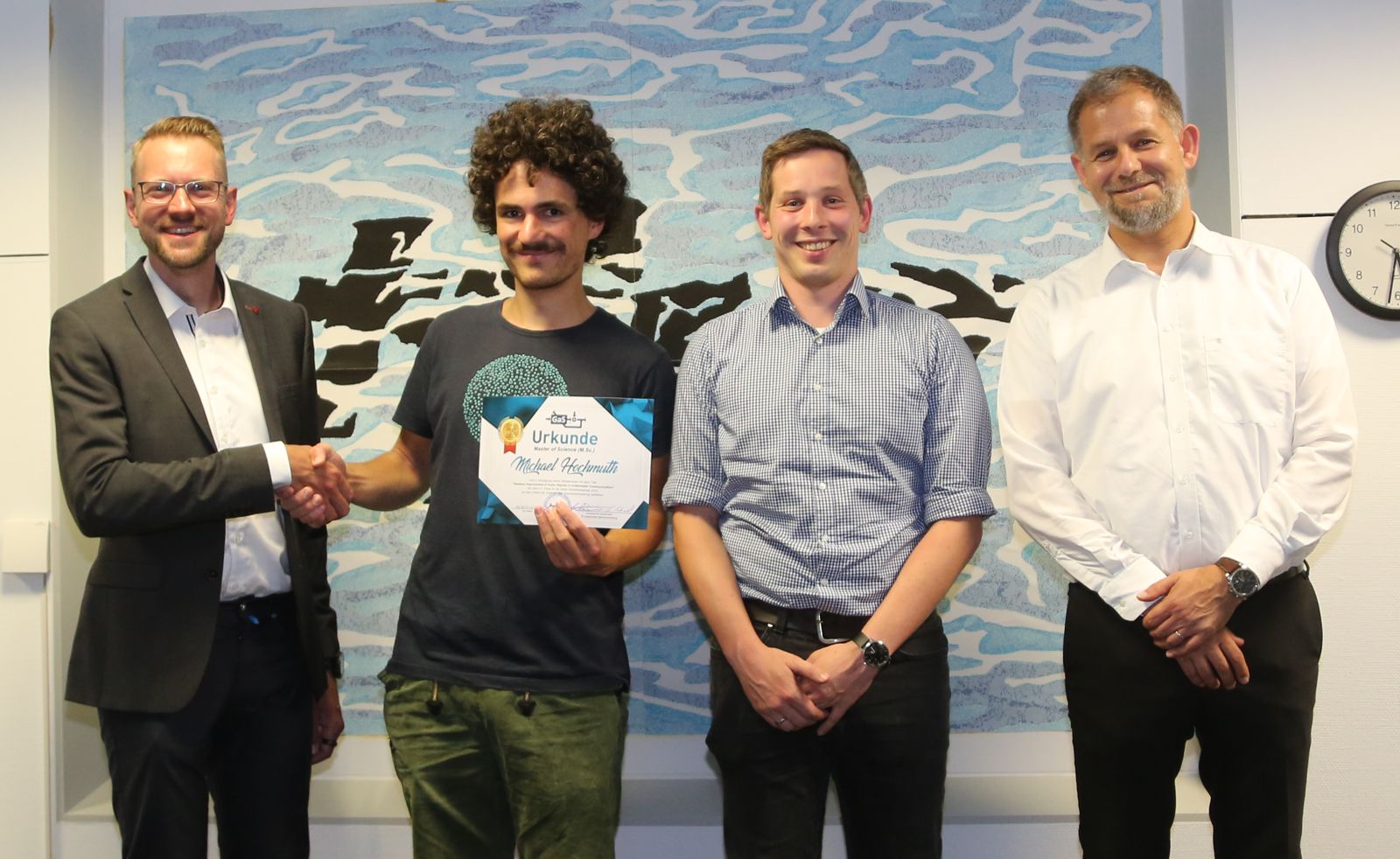 The "Gesellschaft für angewandte Signalverarbeitung" (GAS) currently have 43 supporting members and two companies.
The "Gesellschaft für angewandte Signalverarbeitung" (GAS) currently have 43 supporting members and two companies.
The society annually awards the best thesis in the field of digital signal processing and system theory. Particular attention is paid to scientific and technical claim and the practical relevance of the work. The complete DSS-Group evaluates the student’s commitment, their ability to work multidisciplinary and in a team. This year Michael Hochmuth received the award for his master thesis “Realtime Improvement of Audio Signals in Underwater Communication”. In addition, Mr. Hochmuth was able to present the results of his work at the DAGA (annual conference for acoustics) and exchange ideas with interested parties and other researchers.
Some Pictures from 2023
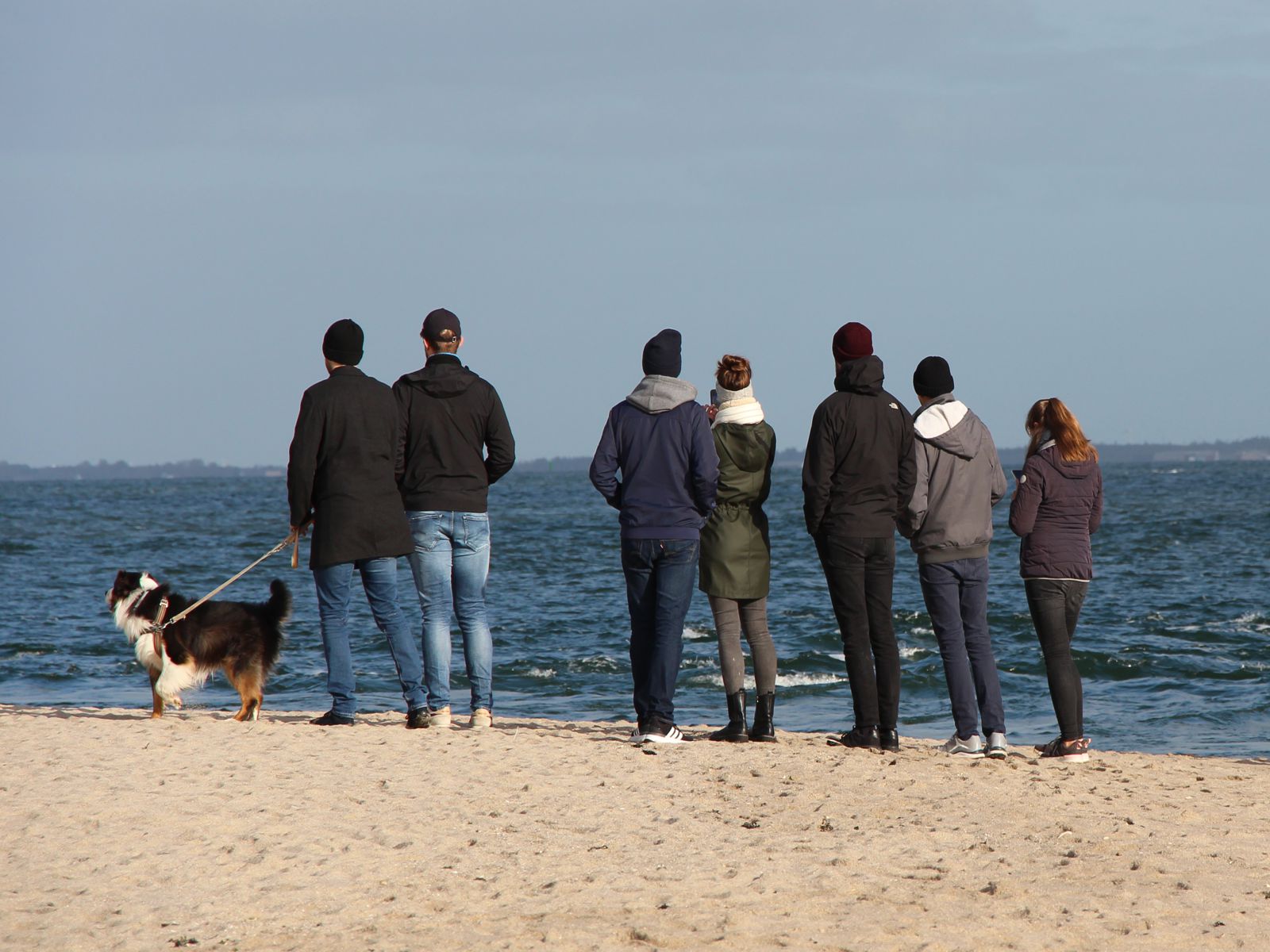 |
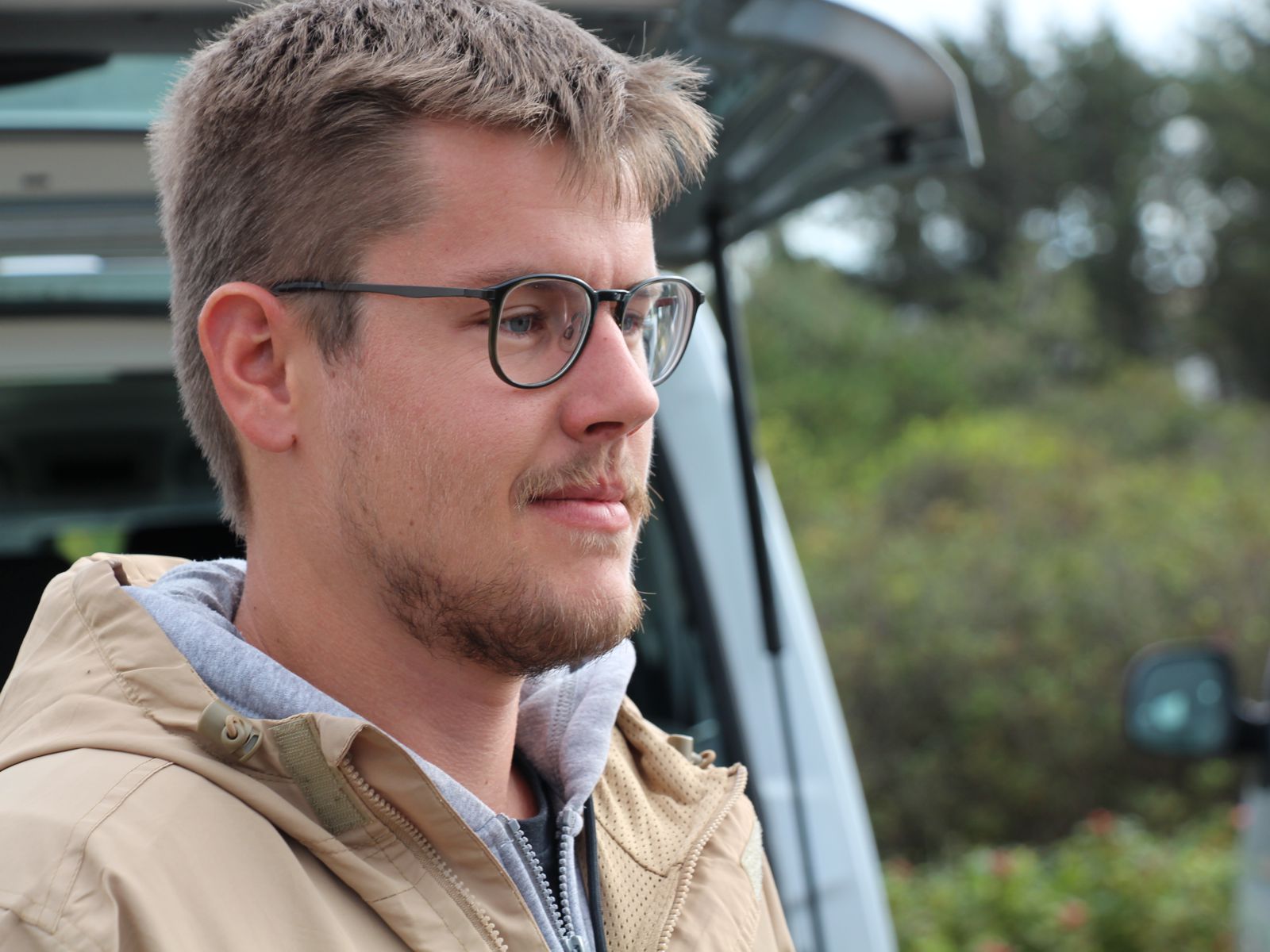 |
|
|---|---|---|
| Looking at the Baltic Sea ... | Finn Röhrdanz - one of the new doctoral researchers in the group ... | |
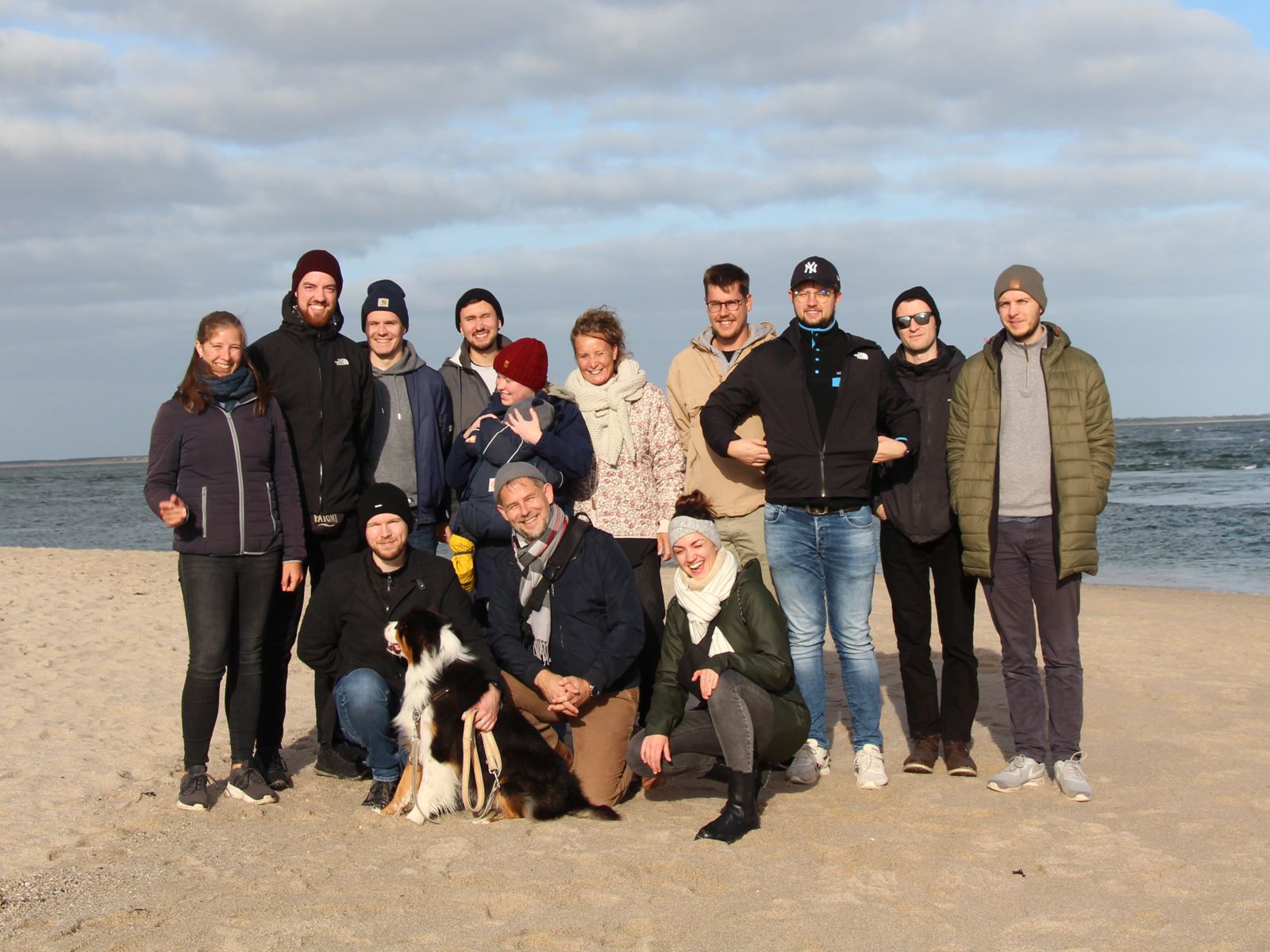 |
 |
|
| Group picture during our DSS Sylt retreat ... | Karoline Gussow -also new in the DSS team ... | |
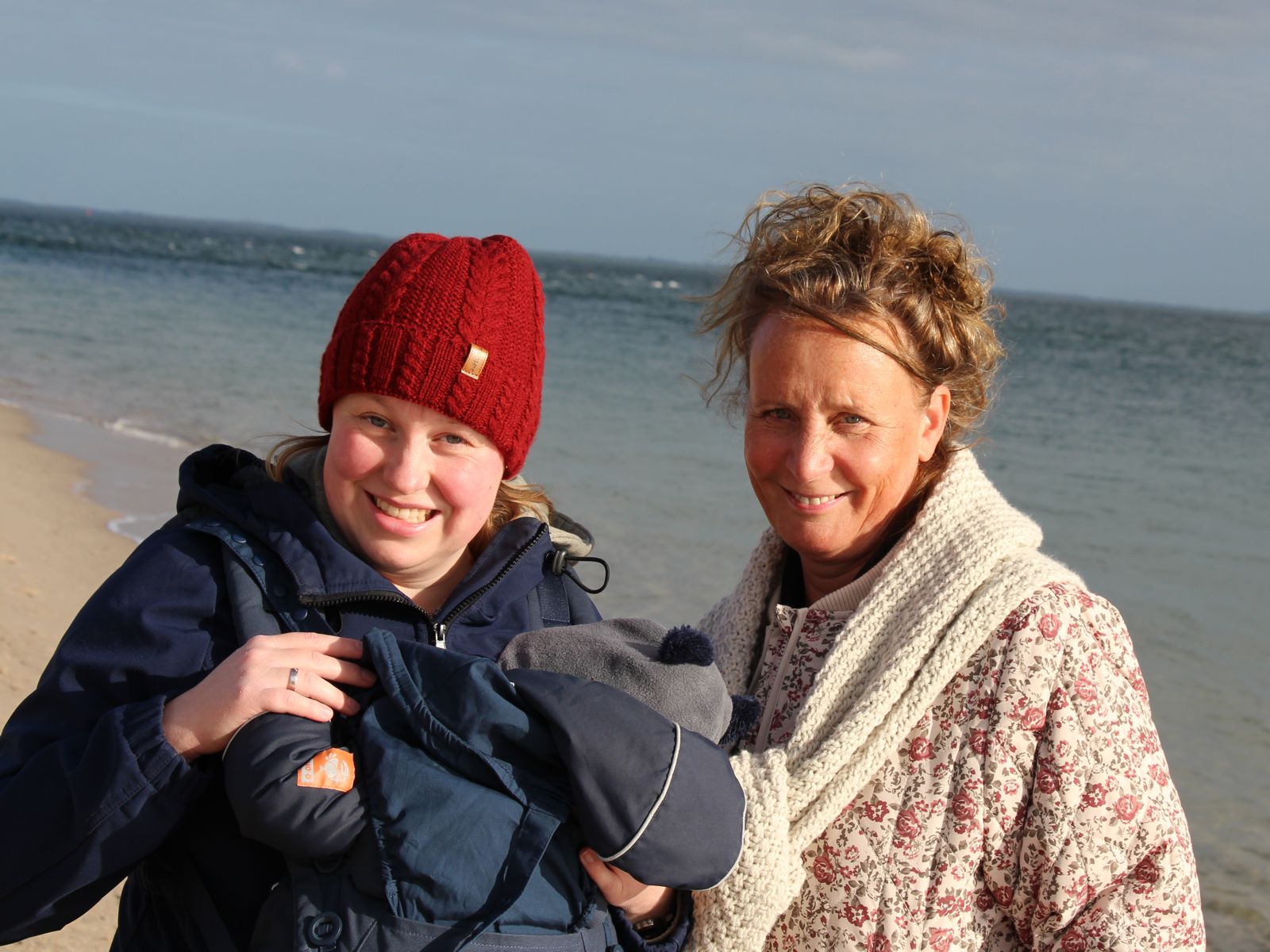 |
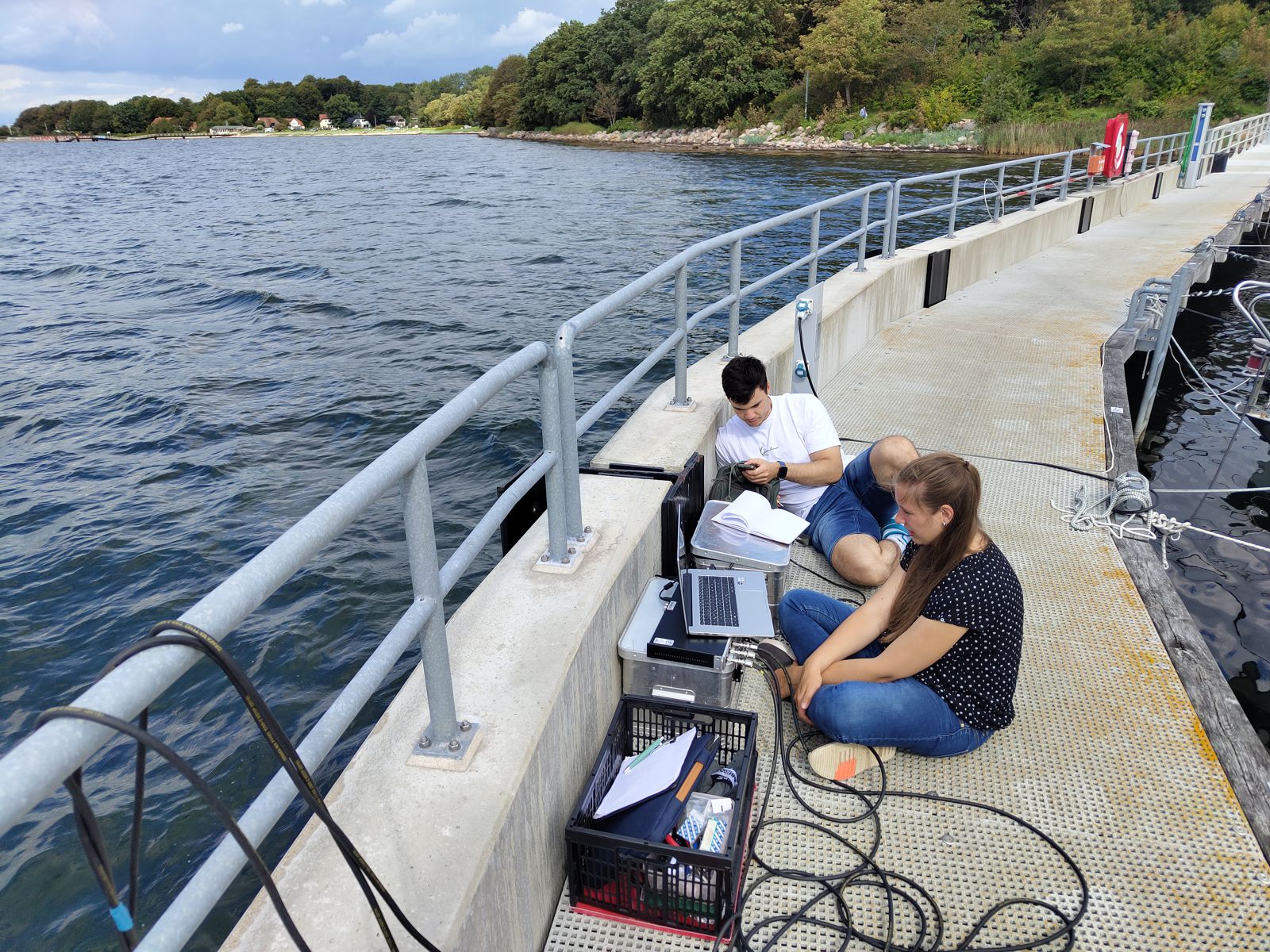 |
|
| Patricia and Petra - enjoying a long walk on the beach ... | Karoline and Kosta while doing underwater ship recordings ... |

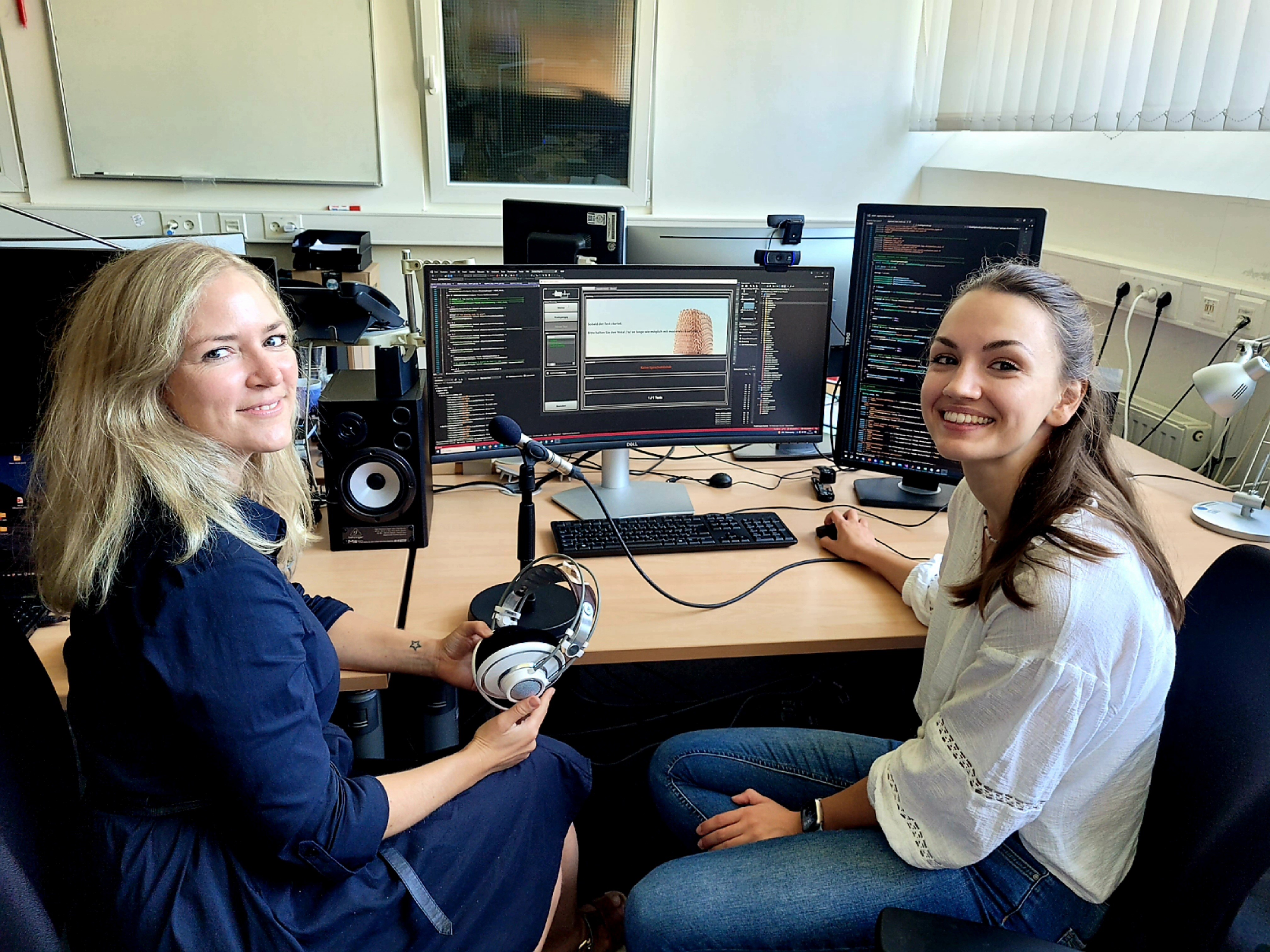 In the first week of September, we were delighted to host Dr.
In the first week of September, we were delighted to host Dr.